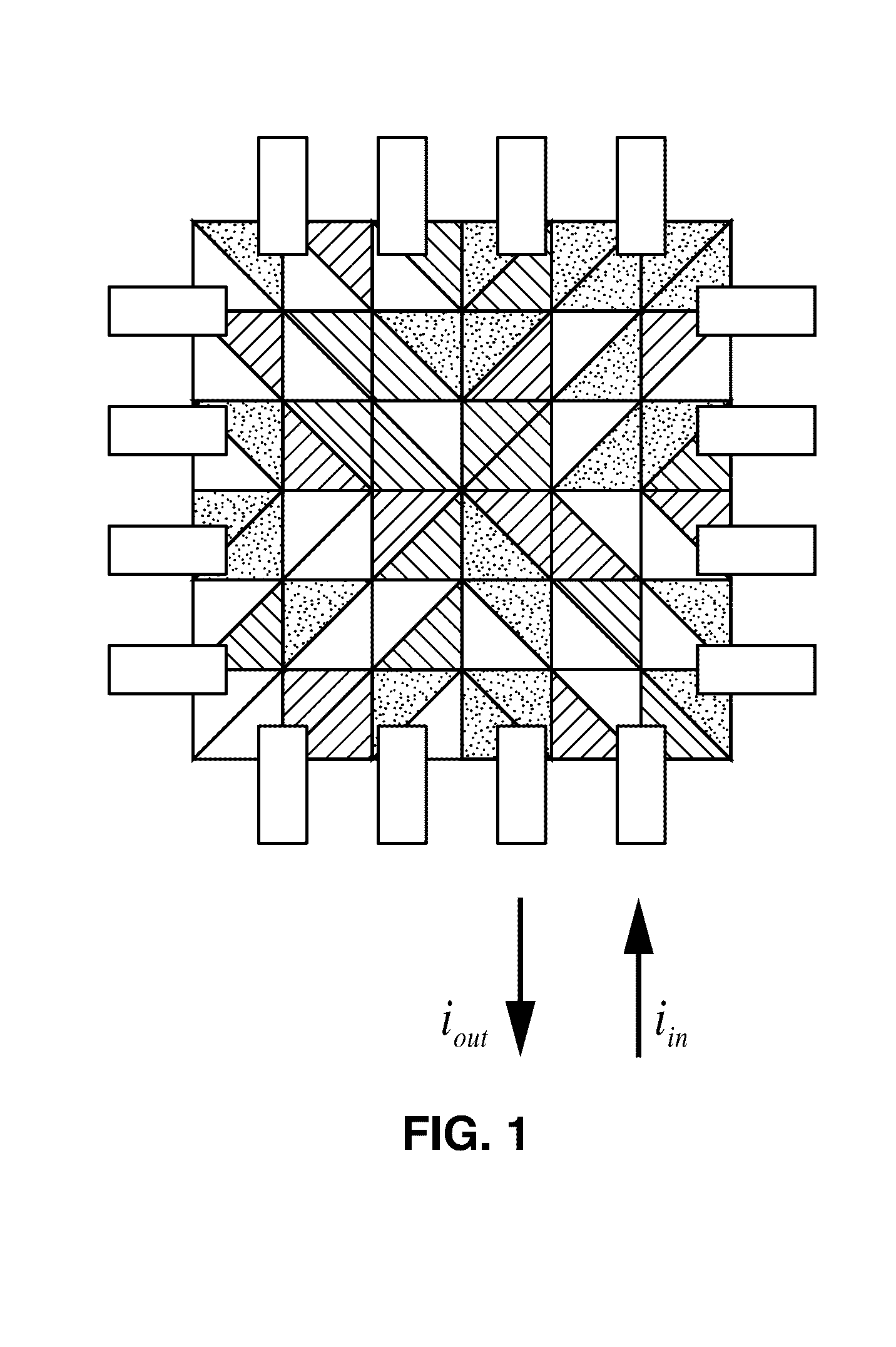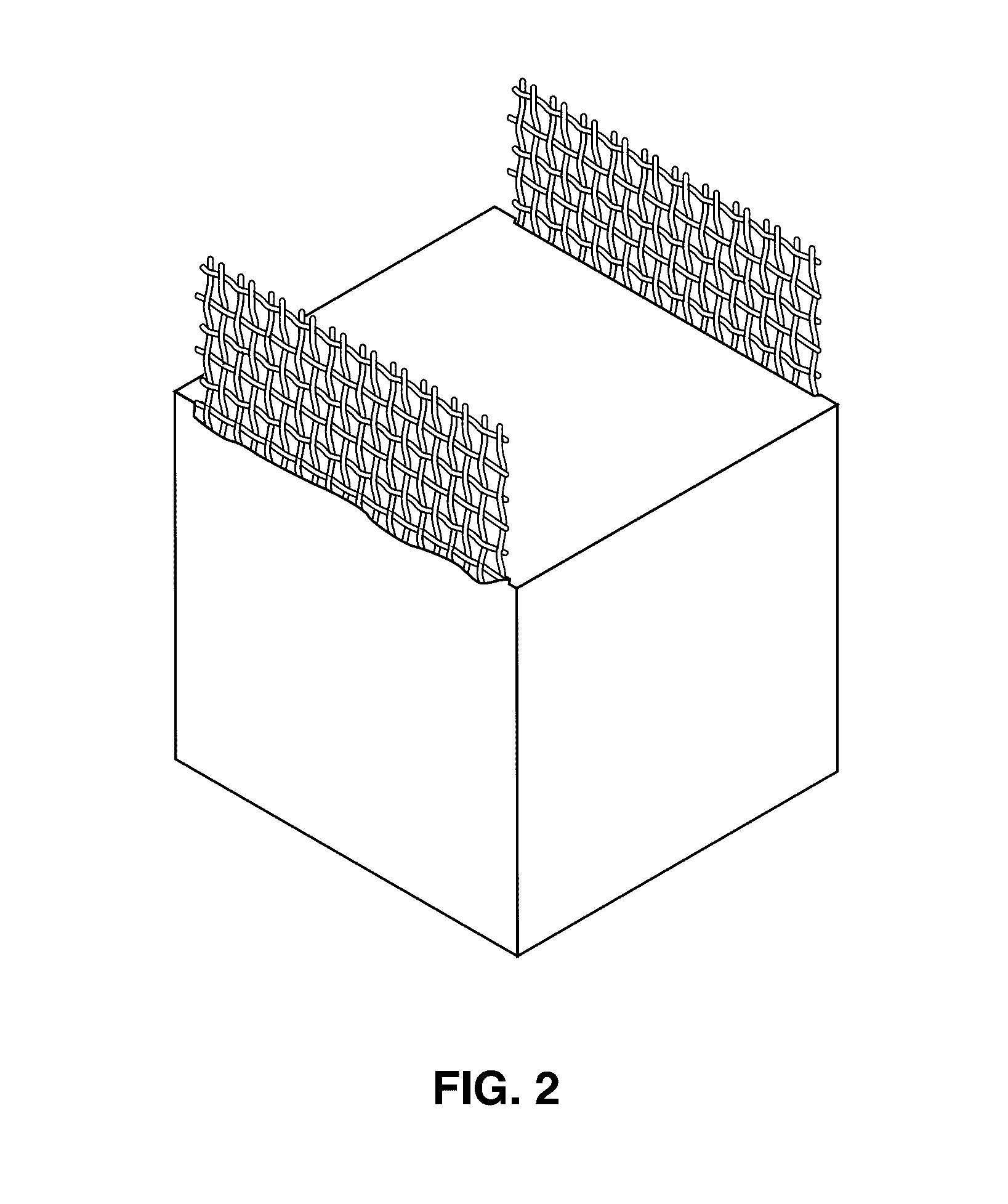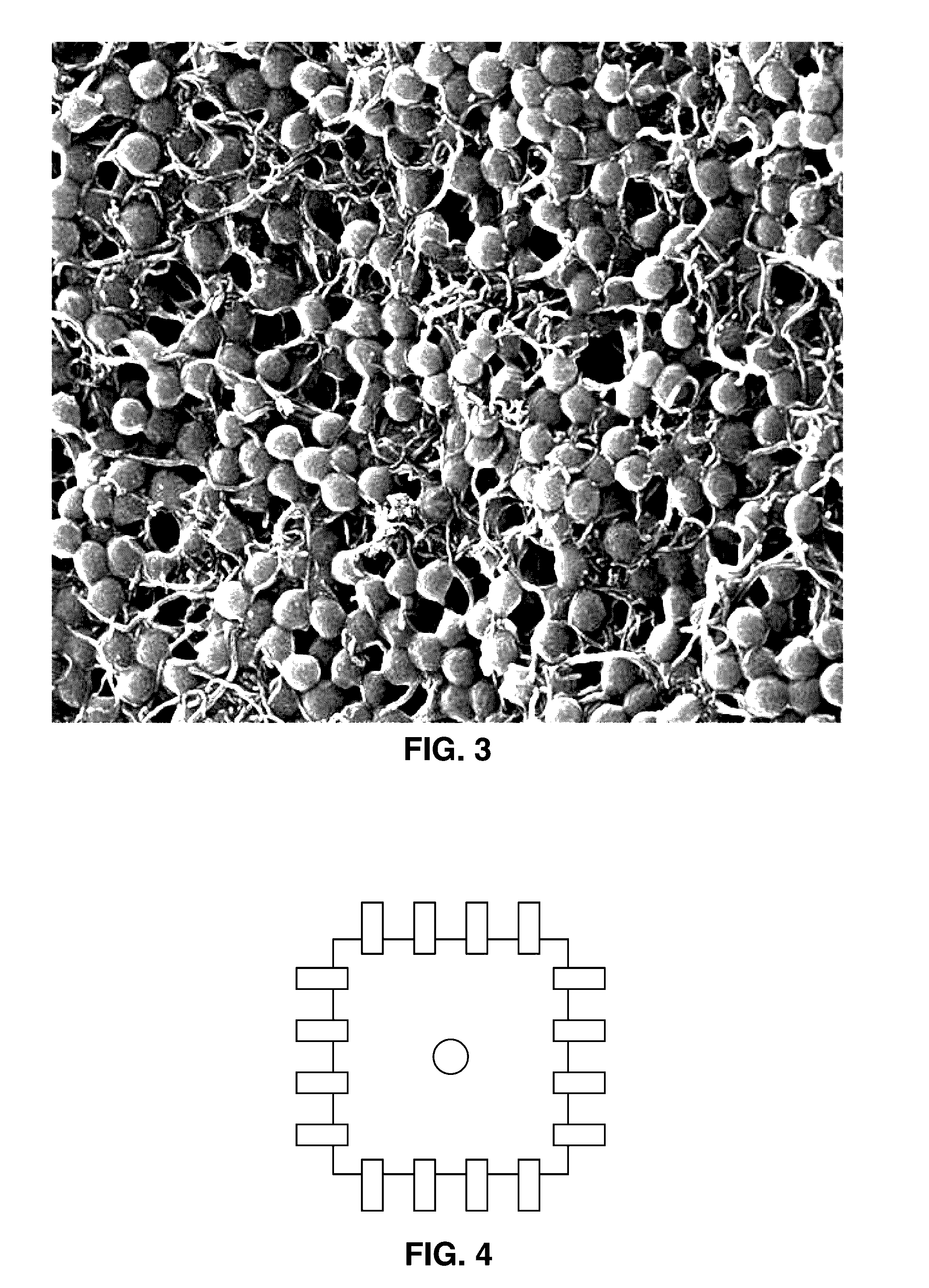Multifunctional cement composites with load-bearing and self-sensing properties
a composite material, load-bearing technology, applied in the direction of material analysis, instruments, measurement devices, etc., can solve the problems of cementitious composite materials, increased concern, and different damage modes, and achieve the effect of enhancing the ability to sense damag
- Summary
- Abstract
- Description
- Claims
- Application Information
AI Technical Summary
Benefits of technology
Problems solved by technology
Method used
Image
Examples
Embodiment Construction
1. Introduction
[0028]Concrete and other cementitious composites used in civil infrastructure are prone to numerous forms of damage. For example, cracks can arise and propagate to cause catastrophic component or system level failure. The present disclosure describes a nano-engineered self-sensing cementitious composite that can detect and locate damage.
[0029]Conventional methods of creating smart concrete or multifunctional cement composites have basically relied on mixing carbon nanotubes (or other nanomaterials), either in its dry state, dispersed in a solution, or dispersed in superplasticizer solutions, directly with the mix with other raw materials. The underlying concept of these approaches is to disperse nanotubes within the cement composite matrix, such that the nanotubes could interact and form a percolated structure for conducting electricity (and for sensing) and enhancing strength.
[0030]However, a number of disadvantages arise from this approach, including the following. ...
PUM
| Property | Measurement | Unit |
|---|---|---|
| Fraction | aaaaa | aaaaa |
| Electrical resistance | aaaaa | aaaaa |
| Electrical resistance | aaaaa | aaaaa |
Abstract
Description
Claims
Application Information
 Login to View More
Login to View More - R&D
- Intellectual Property
- Life Sciences
- Materials
- Tech Scout
- Unparalleled Data Quality
- Higher Quality Content
- 60% Fewer Hallucinations
Browse by: Latest US Patents, China's latest patents, Technical Efficacy Thesaurus, Application Domain, Technology Topic, Popular Technical Reports.
© 2025 PatSnap. All rights reserved.Legal|Privacy policy|Modern Slavery Act Transparency Statement|Sitemap|About US| Contact US: help@patsnap.com



